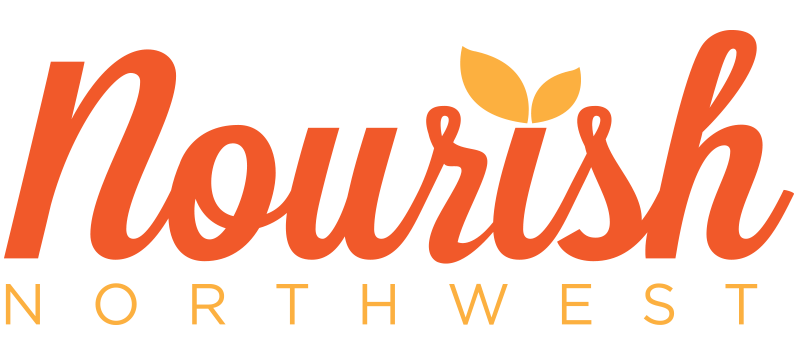A Guide to Winter Seasonal Eating
Post by Paula Jahn, Co-owner and Dietitian at Nourish Northwest
Though it is not technically winter yet, the time change and the forecast remind us that, in Portland, it is in full swing. A great way to embrace these dreary, damp days is to get cooking with some seasonal produce!
The benefits of local and seasonal eating are numerous. From a dietitian’s perspective, food that is picked in season and travels minimally retains more nutrients. Plus, seasonal/local food tastes better. Those are reasons enough, but then there’s the reduced environmental impact, reduced cost to the consumer and the support of local economy. Seasonal eating in the spring and summer is relatively easy, especially if you live in the bountiful Pacific Northwest. Last December, I wrote a post specifically on root vegetables as a means of getting through the winter while still eating seasonally. The truth is, there is so much more variety in the winter than it seems.

Read the tips below to survive the chilly months while still supporting local farmers and maintaining a varied, seasonal diet.
First Step: Know What is in Season
When you grow up, like I did, grocery shopping at big-box stores, seasonality is an abstract concept. Coming to know what is in season was a learning process for me that took years of going to farmers markets and gardening. People often ask me for a comprehensive list of what is in season. One of the best local produce lists comes from Edible Portland magazine. It comes out quarterly and categorizes seasonal foods by month. Another way to find out is to visit a farmers market (see below).
Subscribe to a CSA
Community Supported Agriculture (CSA) programs work with local farms to select and share seasonal produce. Although you typically do not get to choose what foods you receive, it will encourage you to stay culinarily inspired by offering fruits and vegetables that you would otherwise not select yourself.
Winter Farmers Markets
Many farmers markets close in September or October. Winter farmers markets at Shemanski Park and Portland State University are the ideal place to pick up apples, Brussels sprouts, cauliflower, kale, winter squash, onions, shallots, garlic, potatoes and many more roots tubers. You’ll be supporting local farmers and getting the freshest produce possible. An added bonus is that winter produce tends to hold up well to storage, so it is easy to stock up even if you can make it only twice a month.
Rely More on the Bulk Section
Winter is a time of hearty, warm, slow-cooked food. When I think of winter, I think of soup, stew, risotto, pilaf, grain salads and casseroles (even though I hate that word ). That leads to the bulk section, where beans and whole grains reign supreme. Make a satisfying, one-pot meal with simmered beans, whole grains and hearty winter vegetables.
Enjoy the season and rejoice when you see that first pea shoot or strawberry!


